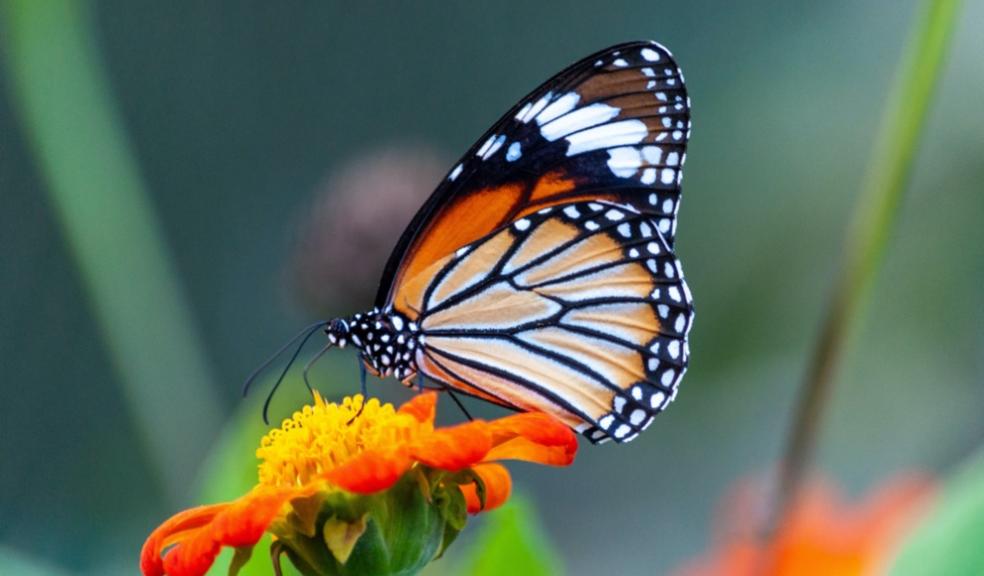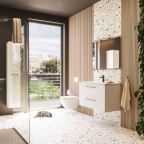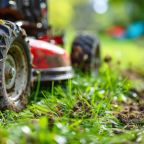
Give back to the pollinators: Which plants to grow to attract little pollinators
You might be one of those people who just plants flowers in their garden because all the random colors mashing together just looks pretty. Or you could be part of the group that plants unique flowers that give out delightful fragrances whenever you just walk through. You could be one of those who plant flowers to attract as many pollinators as you can to get better crop harvests throughout the year.
You probably already have an idea as to what these pollinators are since they're the bugs, critters, and creatures that hover and float around flowers the entire day. You know, pollinators like bees, butterflies, hummingbirds, bats, flies and a whole lot more creepy crawlies! So which plants should you be growing if you want to bring all of the pollinators to your garden?
Planting a butterfly bush in your garden
Although it has the "bush" in its name, it blooms plenty of flowers, usually in large clusters covering the entire plant. The pollinators that are attracted to this flower are also, as the name suggests - butterflies (and maybe hummingbirds too). You're going to need a lot of space for these pretty flowers since they are classified as an invasive species.
You could always go to GardenersPath.com if you want to learn more about the butterfly bush or anything and everything gardening-related! For the basics about growing this plant, you're going to need to plant these in full sun in well-draining soil, as usual with lots of plants. However, you should plant these in the USDA Zones 5 to 9 if you want long-lasting woody shrubs that could give you bountiful smells and blossoms!
Planting dahlias
With there being so many varieties of dahlias, you're going to need to choose the suitable variety if you want to be friendly to your little critters! Dahlias that more closely resemble pom-pom or a cactus appearance-wise are something you should avoid since the petals are too clustered together and wouldn't provide enough space for the insects to squeeze into.
So what would that mean then? You're going to have to seek out the more open-type of flowers so it would be easier for your garden friends to access! Try going for the simple singles, which are pretty hardy and very easy to take care of. Then, it's business as usual with planting into well-draining soil in full sun!
Planting dandelions
Though quite the simpleton of a flower, many people seem to want to do away with this pretty flower - even though it's a guaranteed way to bring some more pollinators into your garden. Keep these small but bright yellow heads in your garden if you want that little extra pizzazz of a popping yellow color!
Not only do they attract pollen-bringers, but they're also low-maintenance and quite hardy! So your worries are going to be lessened considerably if you're thinking of letting these grow in your garden. They also have a long blooming period to add on top of that, so they're highly beneficial for your garden friends! Then, it's going to be the same again with the full sun and well-draining soil!
Planting Coneflowers
Another flower ideal for your fluttery butterfly friends would be the coneflower! The 2-foot tall flower is something the butterflies will enjoy because of sweet, sweet nectar - bees might also enjoy these since they're planted more on the borders. The purple petals will be something refreshing to your eyes if you plant this in your garden.
The name of this flower kind of literally comes from its appearance where there is a mound that's shaped like a cone and has these tiny flower-like stalks that stick out of it. You could go for daisies, but the more colorful choice would be these coneflowers. The varieties could show a fantastic array of any of the colors on the rainbow! Growing conditions would be the same again with full sun and well-draining soil!
Planting snapdragons
Ah yes, the very epitome of a flower that would be the best for bees - the primary pollinators. Well, for bumblebees, to be more accurate. It's because of how they "coincidentally" release a scent that attracts bumblebees during the time where they're most active, so of course, the innocent bees will be drawn to it.
To add to that, the flower colors that snapdragons exhibit are very attractive to bees. Since they can't see red, snapdragons bloom in colors ranging from purple to blue to white! The flower shapes are also very open to bees. They can just dip in and dip out whenever they please! You've probably already picked up a pattern here. When planting, you're going to want to plant in full sun and well-draining soil again!
Takeaway
On top of all of these flowers looking extremely delicate, elegant, and pretty, they're beneficial to you and the ecosystem! The more of these flowers you plant, the more pollinators will go around, and more pollination will occur, so more harvests and the sort later through the year! Who knows, maybe even your veggies and fruits can give more output!











